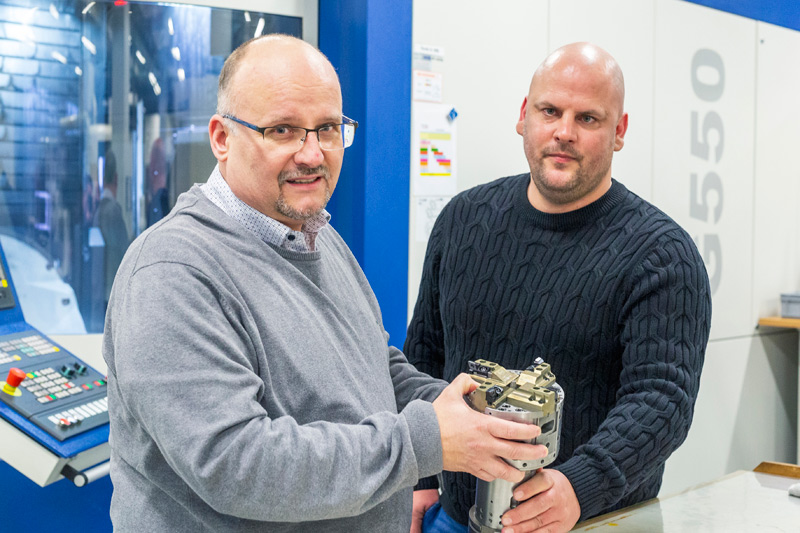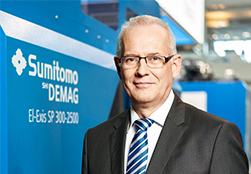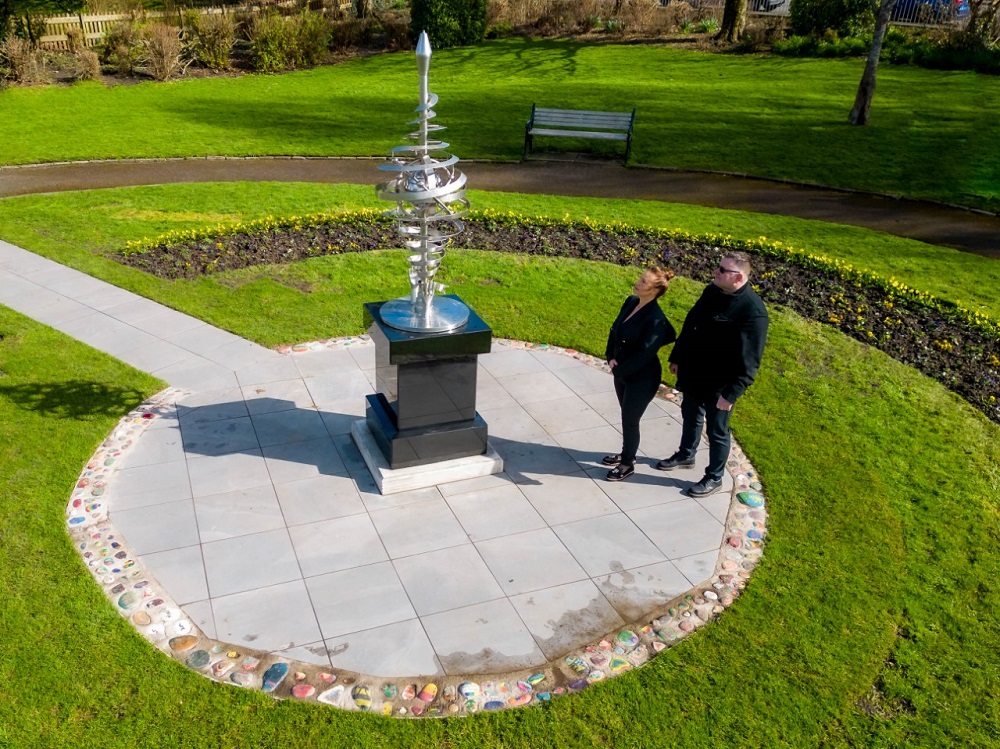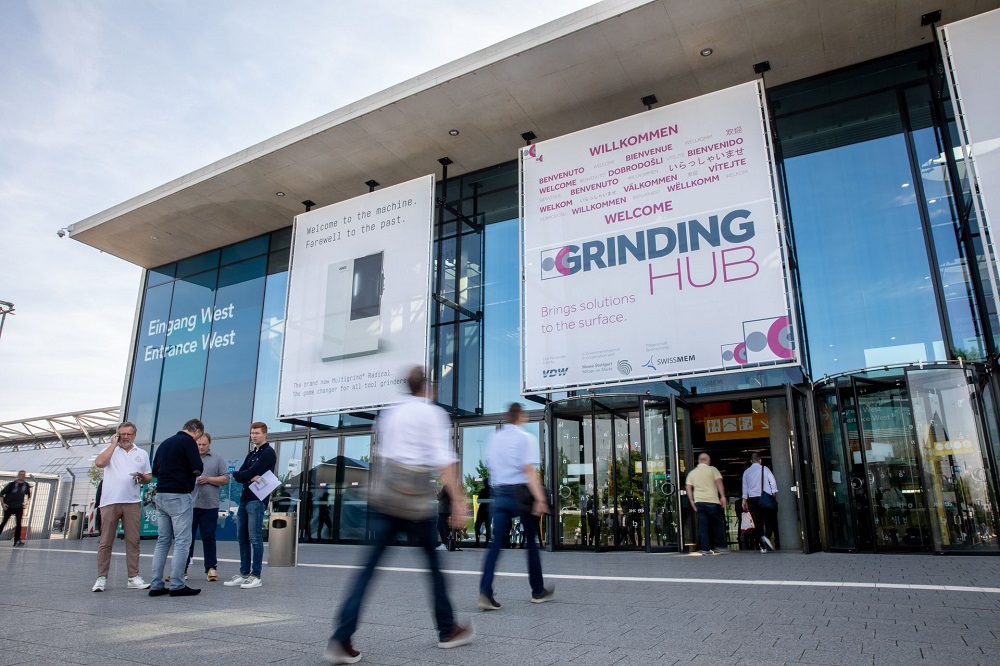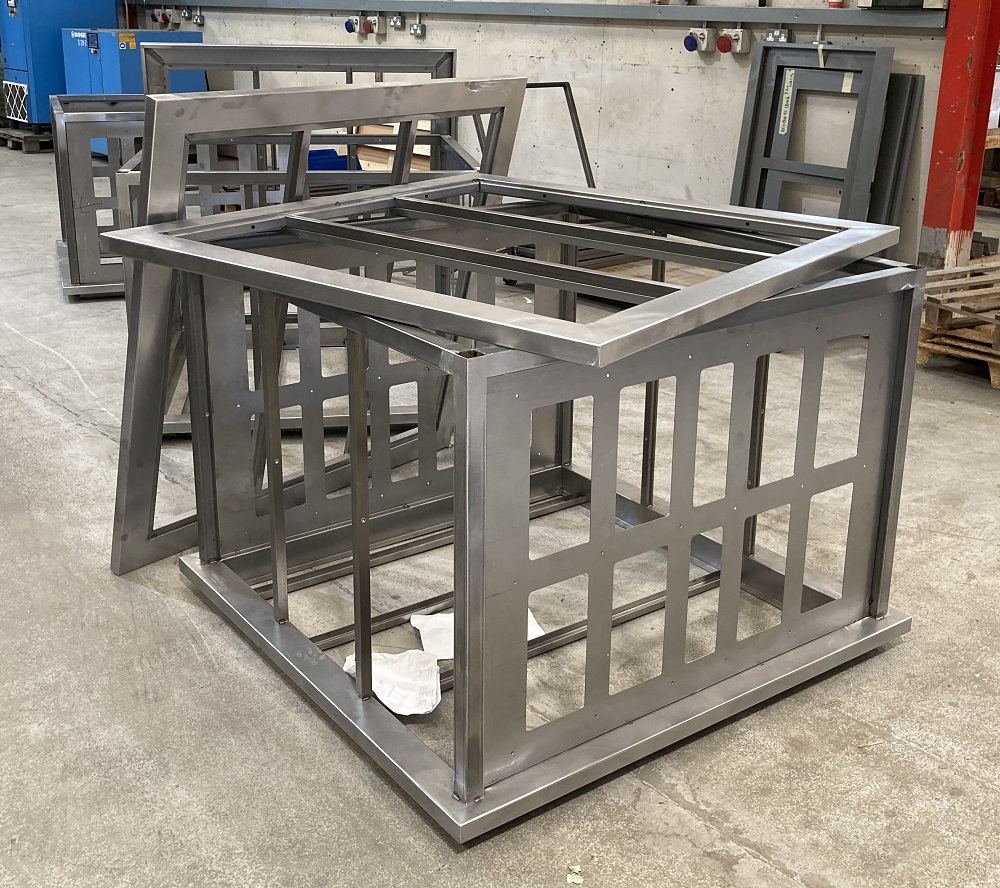Actuating tools are the means of choice for creating turning geometries on machining centres. When it comes to machining stator bores on electric motors, tools with indexable inserts and fine boring tools were state-of-the-art until now. Mapal has developed a complex four-blade actuating tool to round off its solution portfolio for stator drilling.
With its solution, Mapal has come up with a highly productive machining process for the series production of stator housings used in electric motors. The solution offers productivity and precision as well as short cycle times with a process of three steps: pre-machining, semi-finishing and fine machining at machining diameters of more than 220 mm and with an HSK100 connection. A sophisticated actuating tool is part of the solution.
“With an actuating tool, the internal machining of the bore can be handled by a machining centre, which means turning is no longer necessary,” says Oliver Müller, customer service specialist at Mapal’s centre of competence for actuating tools. The entire machining process is thus executable with a single set-up. The only thing needed to use the actuating tool is a spindle with a drawbar – a so-called Uaxis in the machining centre.
“When it came to machining parts for electric cars, we were at our customers’ side with our tools from the very beginning,” says Müller.“Today, we help them to increase flexibility while machining the parts reliably and with short cycle times.” The actuating tool achieves more flexibility by ensuring both fast machining of varying contour trains in the bore and micron-level precision.
For further information www.mapal.com



